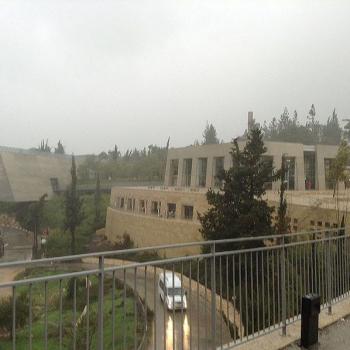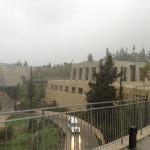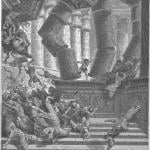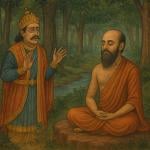
A common accusation against apologists and apologetics is that they start with the conclusion in mind and then marshal cherry-picked evidence in order to reach that predetermined conclusion. This, we are told, is an inversion of the “scientific process” — starting with the sought-for bottom line and forcing the evidence to fit it — and something for which the academic community has little or no patience.
This is always a danger, of course. And it doesn’t affect only apologetics. A notable scandal in recent science, for example, has come from the recognition that there are a large number of published papers whose results cannot be replicated, in which the data have been carefully selected, cherry-picked, or even flat-out invented in order to support the conclusion desired by the “researchers.”
Here’s just one example that’s currently in the news:
But is it true, as a general or even universal rule, of apologetics?
Speaking of the area of apologetics that I personally know best — apologetic scholarship relating to the unique claims of the Restoration (e.g., of the Book of Mormon and the Book of Abraham) — it doesn’t seem to be true.
There is, for example, nothing in acceptance of the claims of the Book of Mormon that commits a believer to the proposition that the Nephite record’s River Sidon was today’s Rio Grijalva rather than the roughly parallel Usumacinta. (Those who prefer the so-called “Heartland” theory of Book of Mormon geography, for example, don’t accept either of the two rivers.) Nothing requires of a believer in the Book of Mormon that she affirm Mary to be represented in the Tree of Life that appears in 1 Nephi 11. Sheer acceptance of the Book of Mormon as an authentically ancient record doesn’t entail that those who accept it expect Semitic and/or Egyptian borrowings to appear in the vocabulary of Uto-Aztecan languages. No believer in the Book of Mormon expected complex chiasms to appear in its text. Nobody, including those who discovered its presence, was anticipating Early Modern English to show up in the vocabulary and the syntax of the original dictated Book of Mormon manuscript.
One could get dizzy with this sort of silliness. How about simply examining the evidence and the logic with which it’s treated, rather than attempting to pre-emptively rule out any serious consideration of it?
Posted from Orlando, Florida











